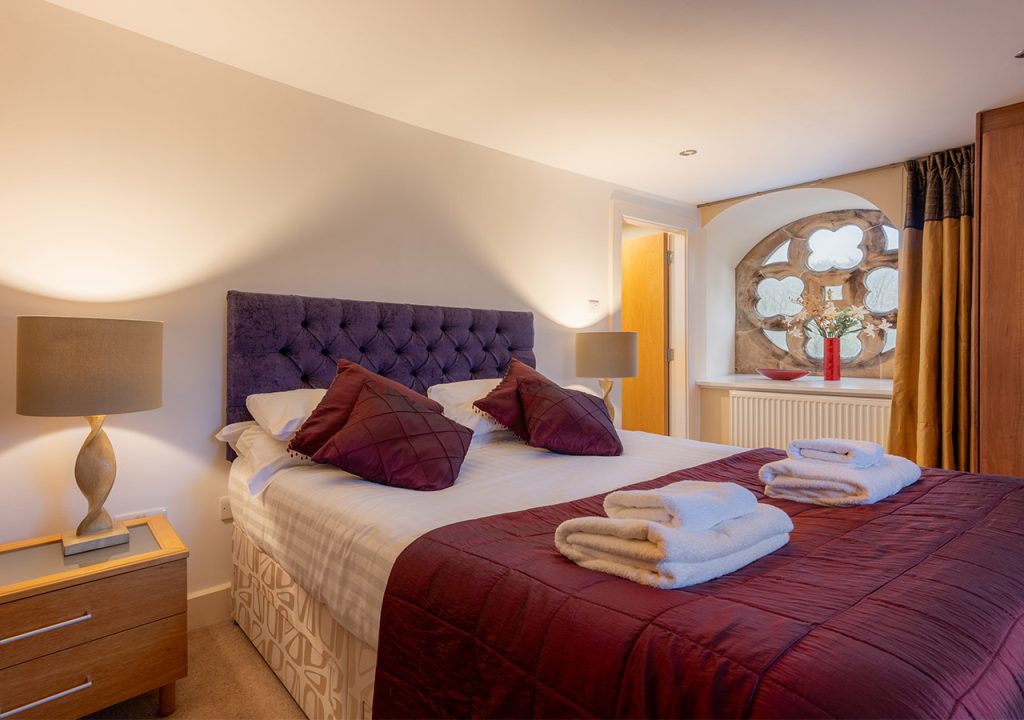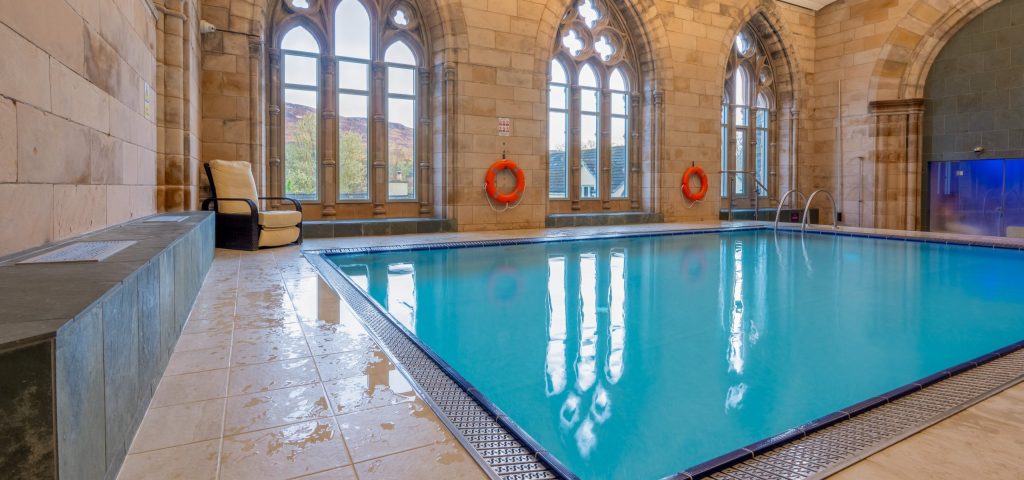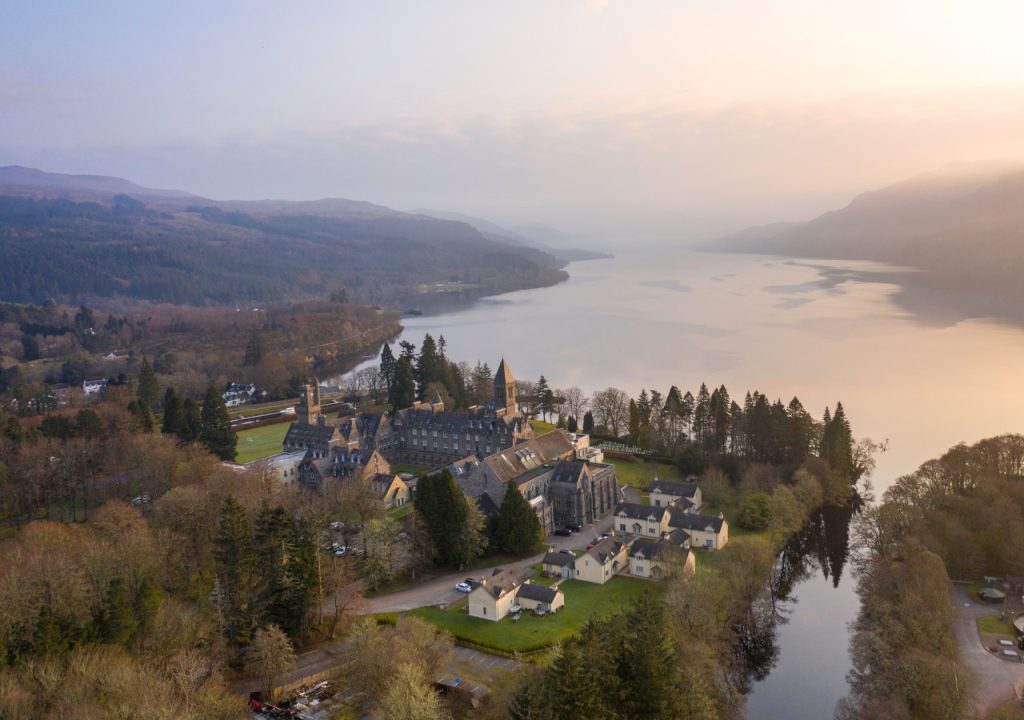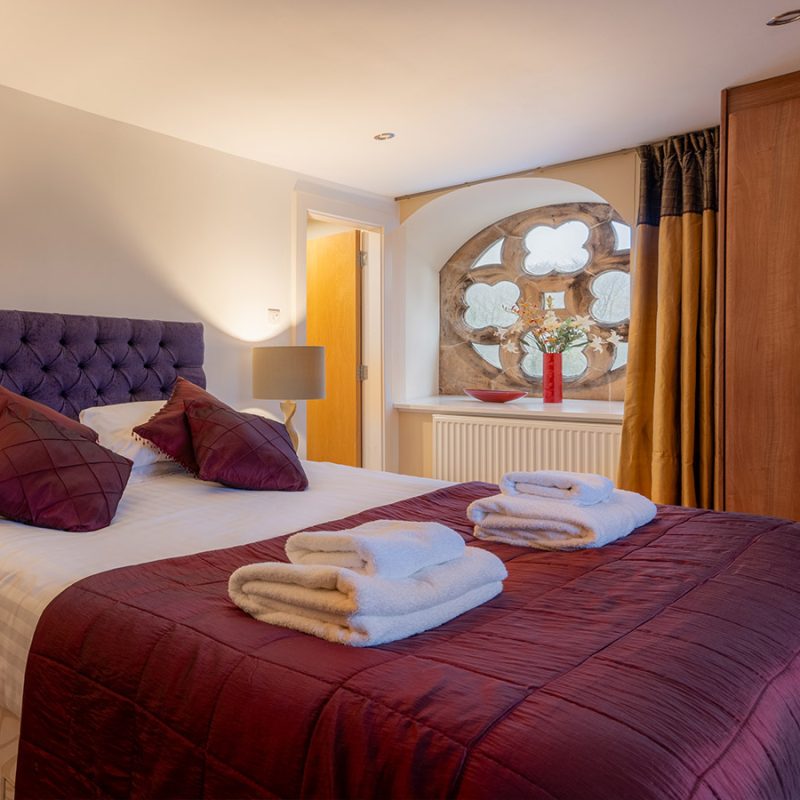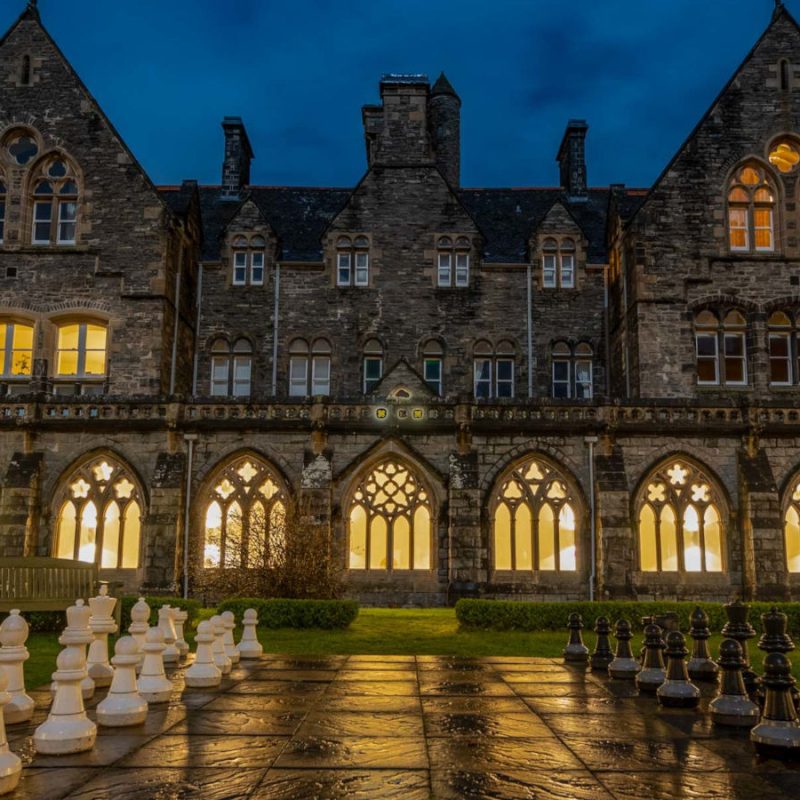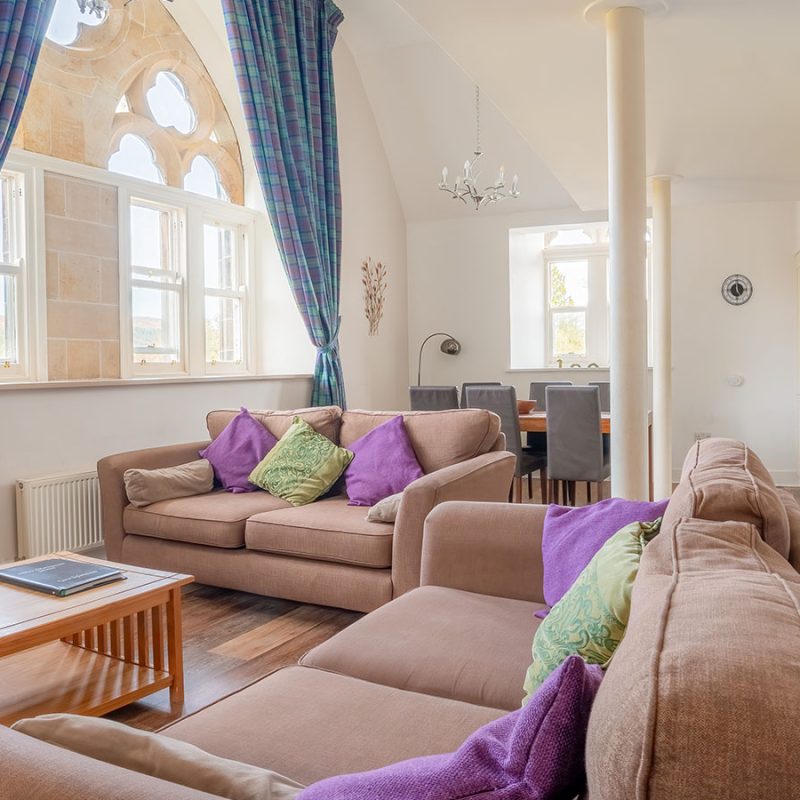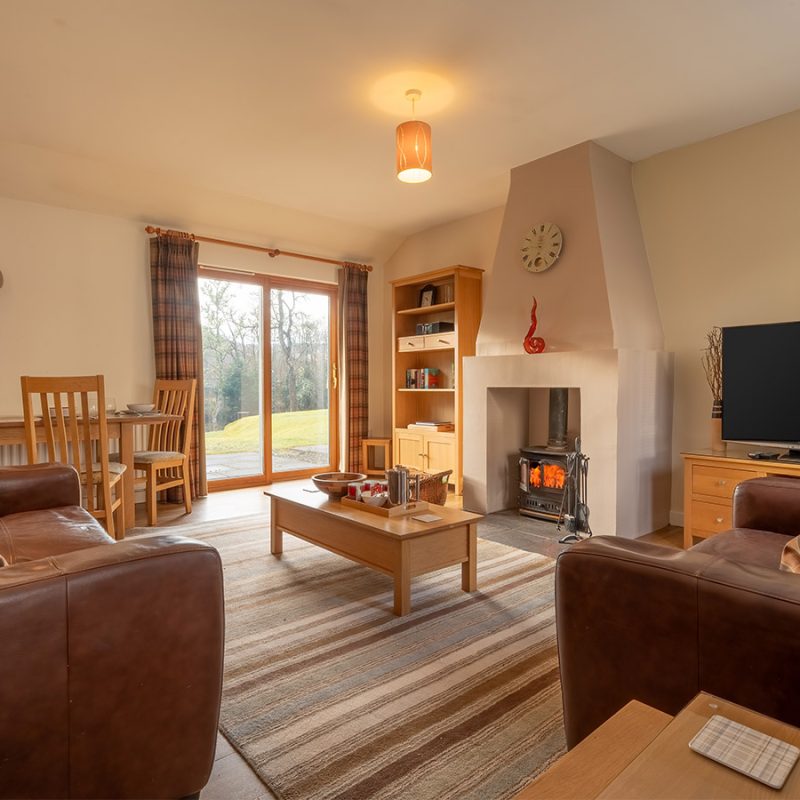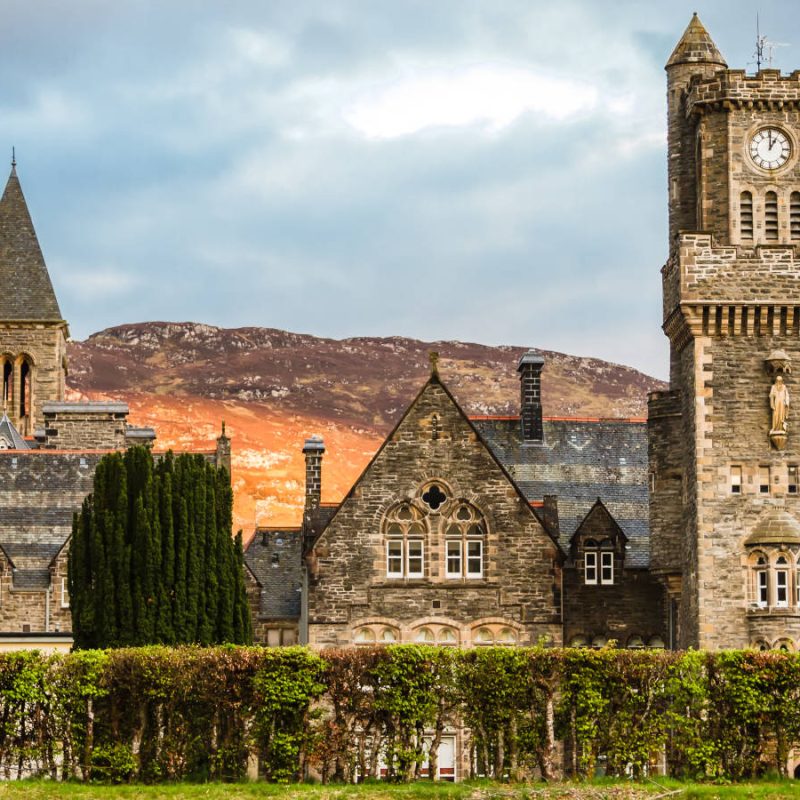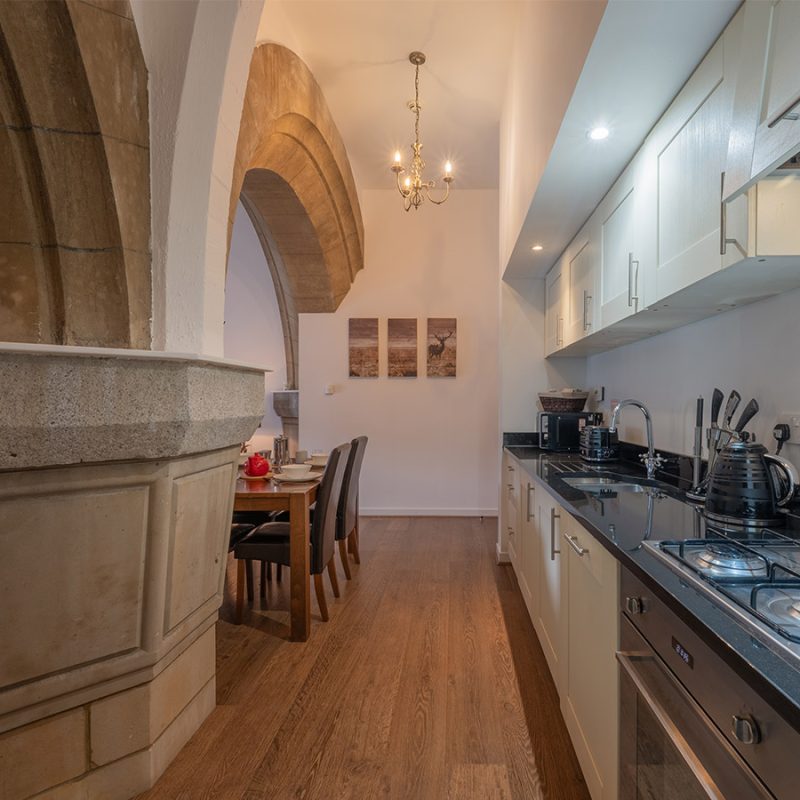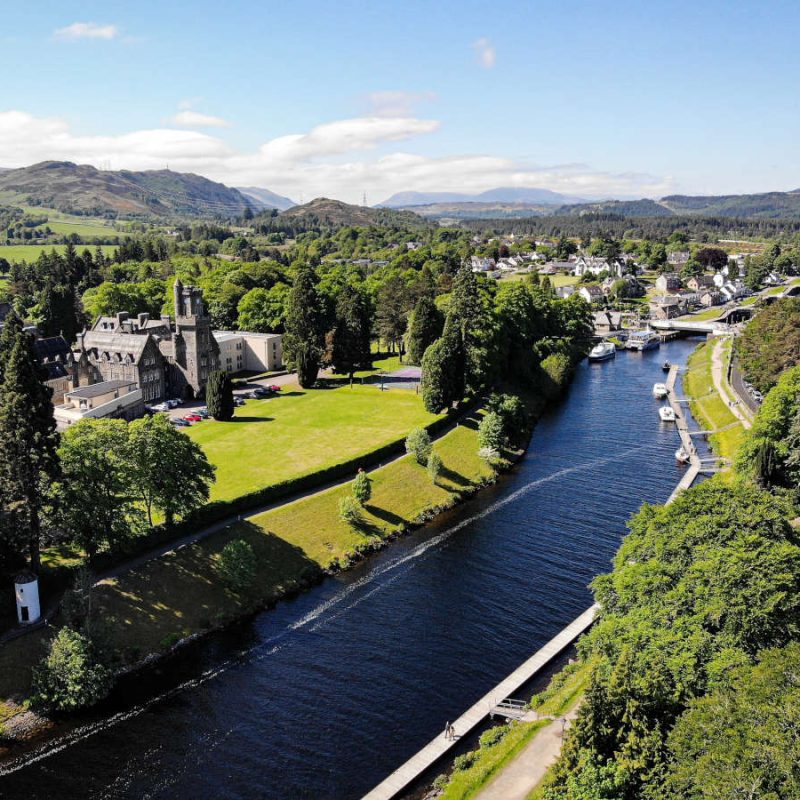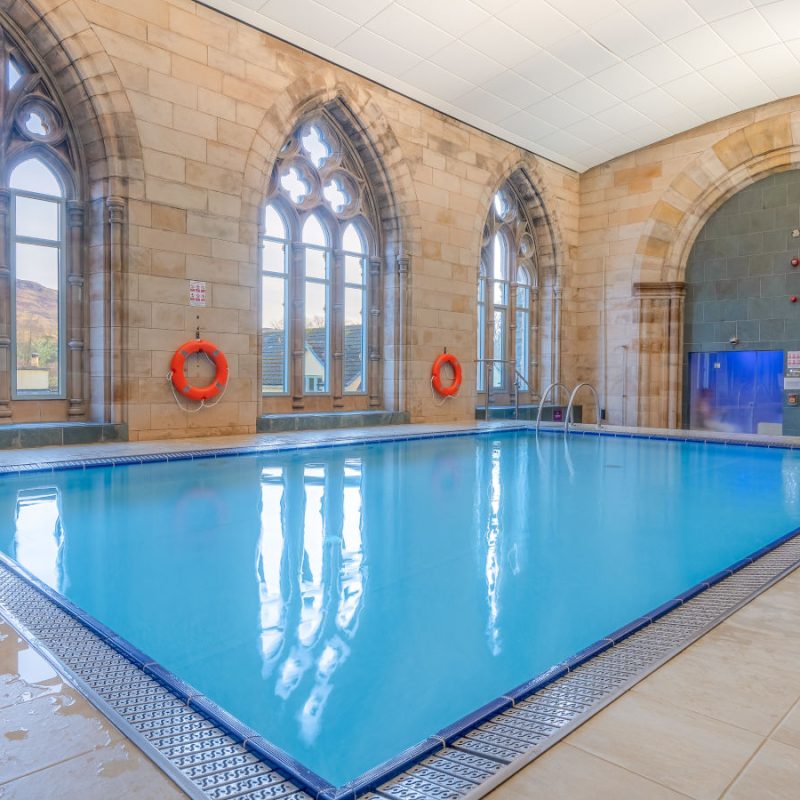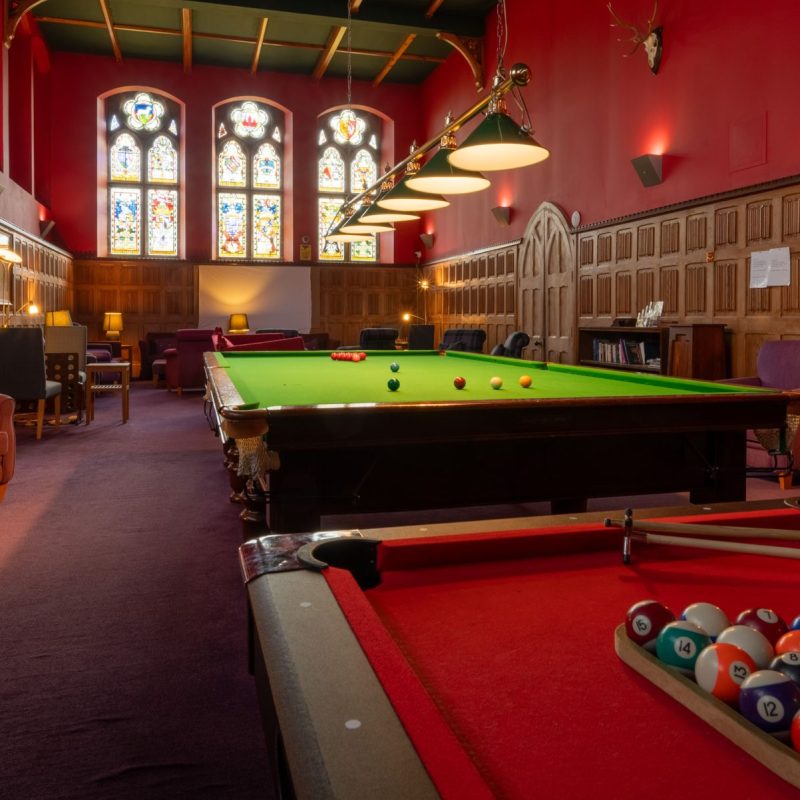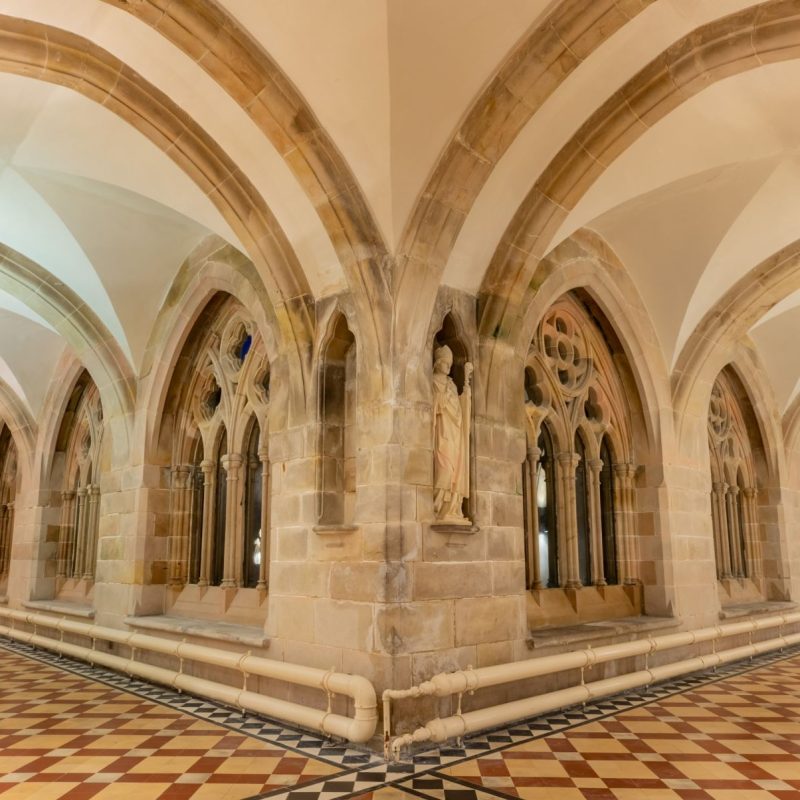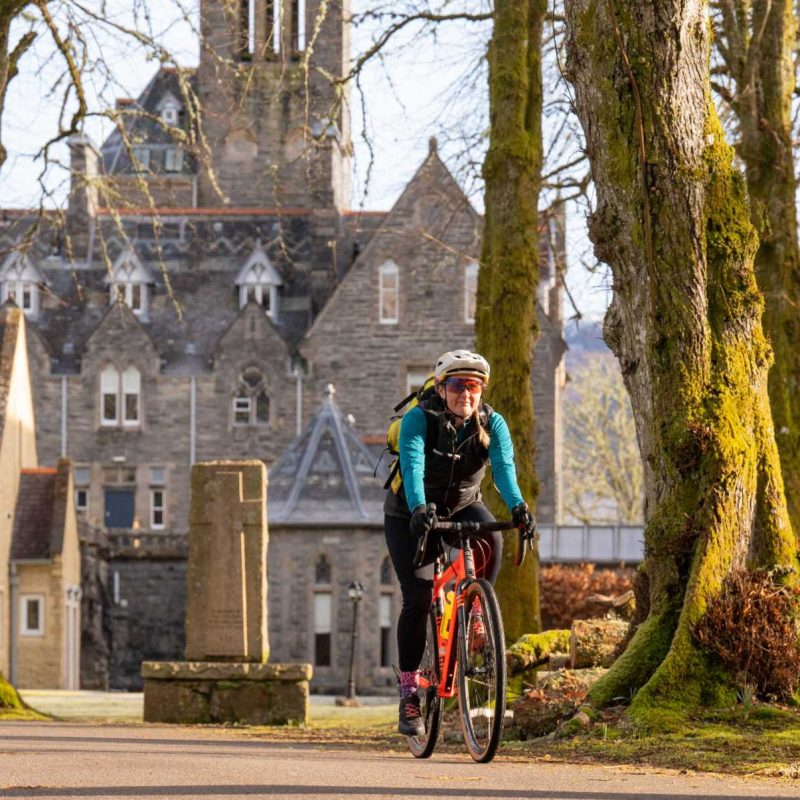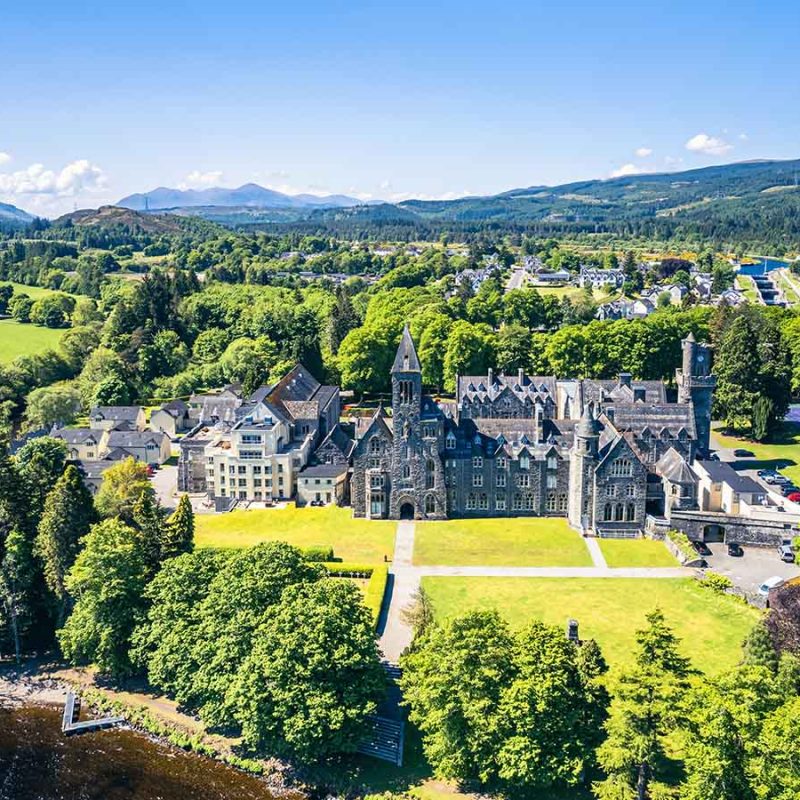Interesting Loch Ness Facts
Looking to visit Scotland on a Highland holiday and coming to Loch Ness? Well, today we are going to explore some cool Loch Ness facts you may not already know about! As you will be aware, visitors flock to Loch Ness every year in the hope of seeing the our most famous resident – Nessie! But Loch Ness has many other claims to fame too! Read on to discover some of the most amazing Loch Ness facts.
This Scottish loch’s waters are deep
The most notable bit of trivia is Loch Ness’ volume of water. Did you know that Loch Ness is only second behind Loch Morar asthe deepest body of fresh water in the UK! And again it is only in second postion only behind the spectacular (also very famous) Loch Lomond for the greatest surface area of fresh water. So, combine these together and Loch Ness thrashes the competition when it comes to which holds the most volume of water!
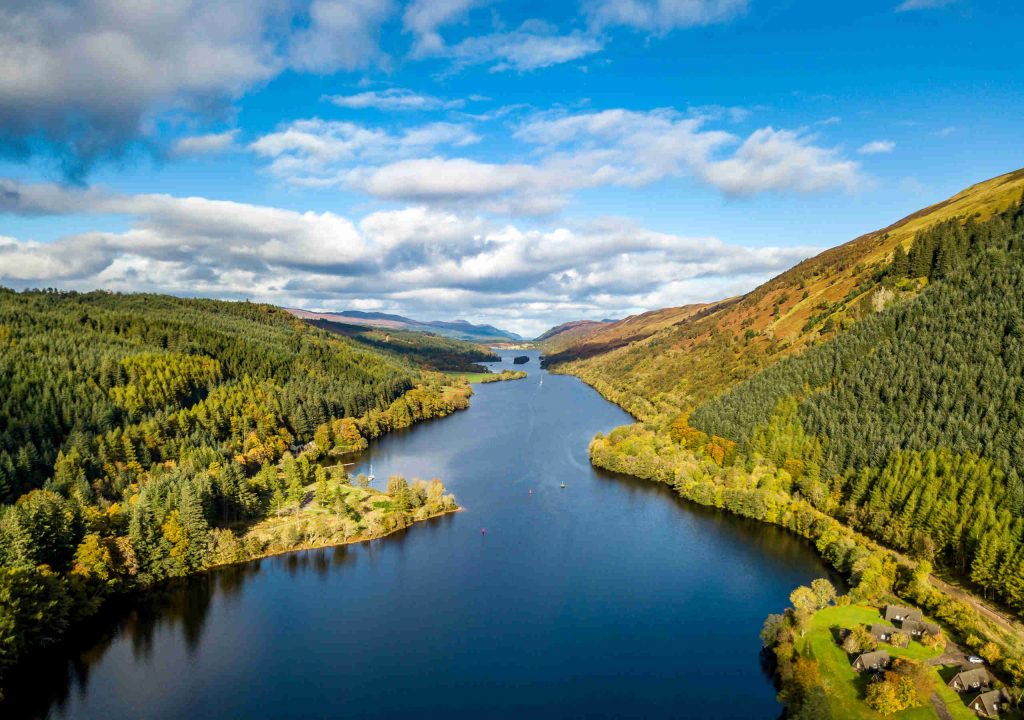
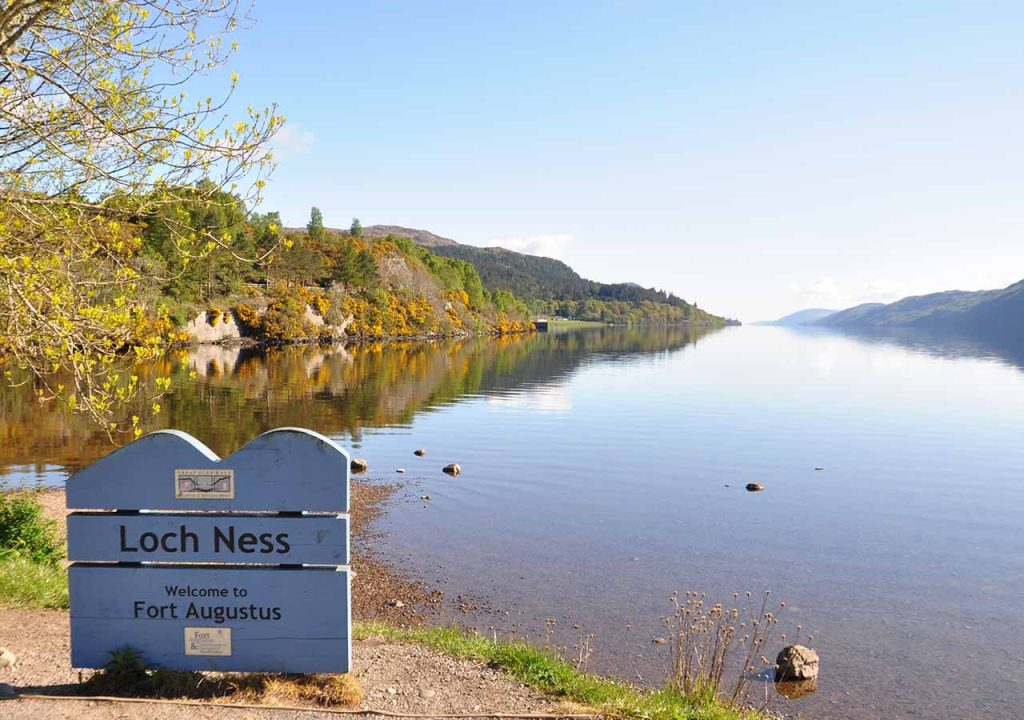
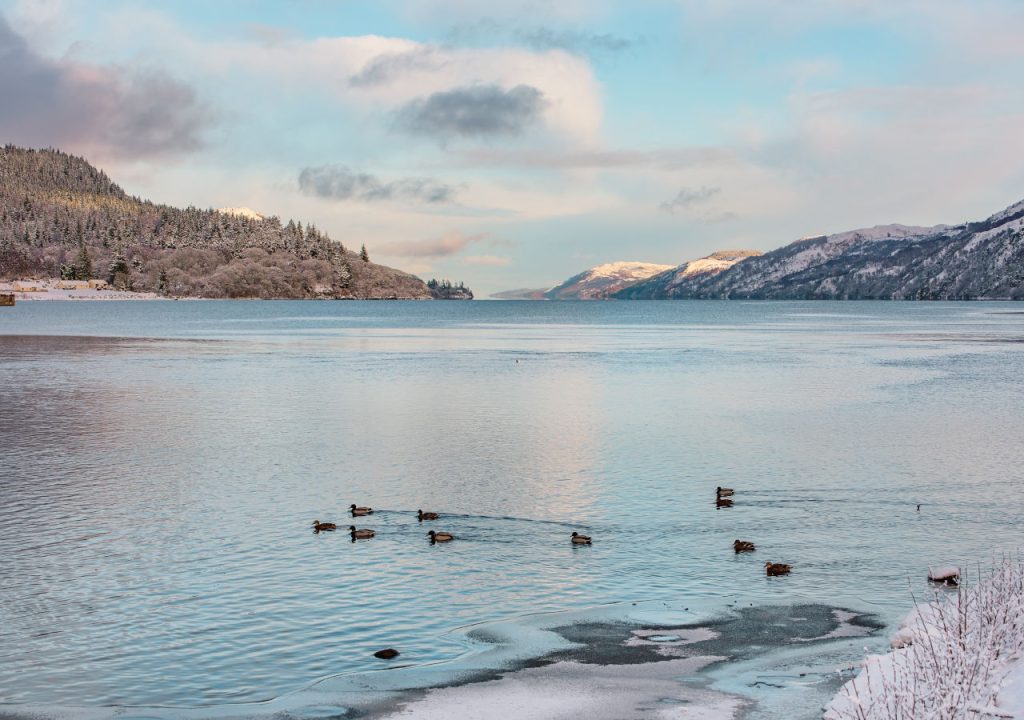
Loch Ness holds an estimated 263 billion cubic feet of fresh Scottish water, which is more than all the water in all the lakes, rivers and reservoirs in the whole of England and Wales combined! And our famous Highland loch’s deepest points are over 800ft deep! And, this is twice the average depth of the North Sea! So there are plenty of places for our Loch Ness Monster to be lurking… In fact, this Highlands water volume is sufficient enough for every single person on earth to fit inside it 10 times over!
Loch Ness in history
Loch Ness carries massive historical importance. Not only was it of home of the Jacobites and base for many of their uprisings against the English. Our base for Abbey Holidays Loch Ness is situated within the magnicifent Abbey of Fort Augustus. And not many know, but this building initially originated from the name of the village in which it inhabits… Fort Augustus. Yes, this land was named Fort Augustus after the original fort built here. Built as part of 3 fortifiaction to protect against a futher Scots uprising, after the battle of Culloden. Fort Augustus, Fort George in Nairn and Fort William. Fort William is now a town, with only a small part of the original wall surviving. And Forth Augustus, which was converted into the spectacular abbey building, which survives today. Fort George is the only fort still fully intact.
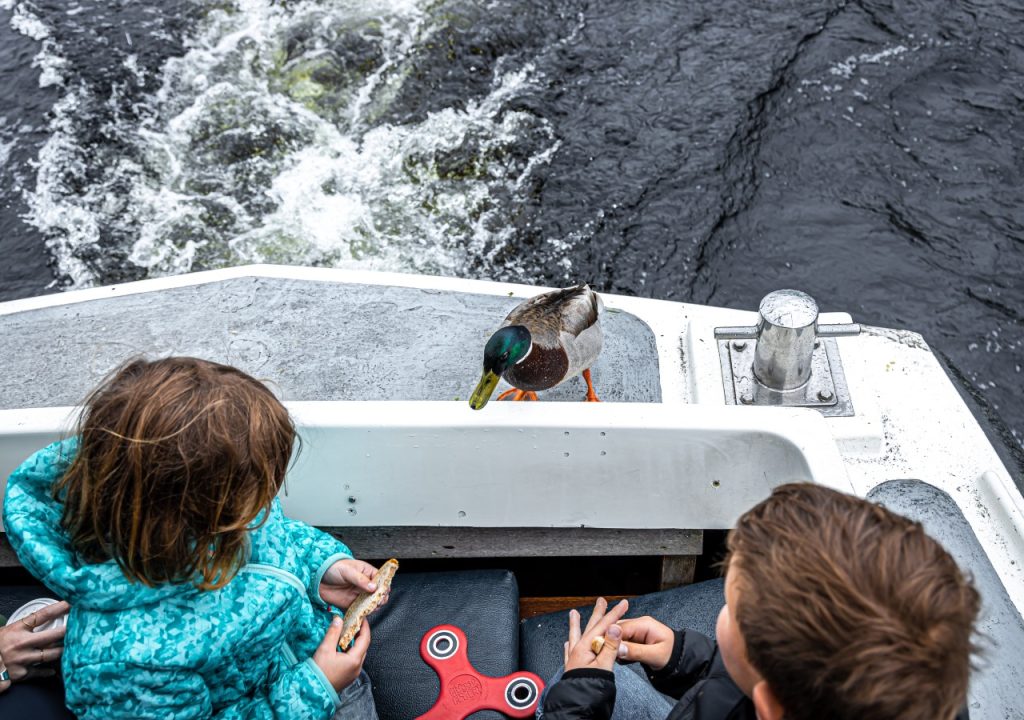
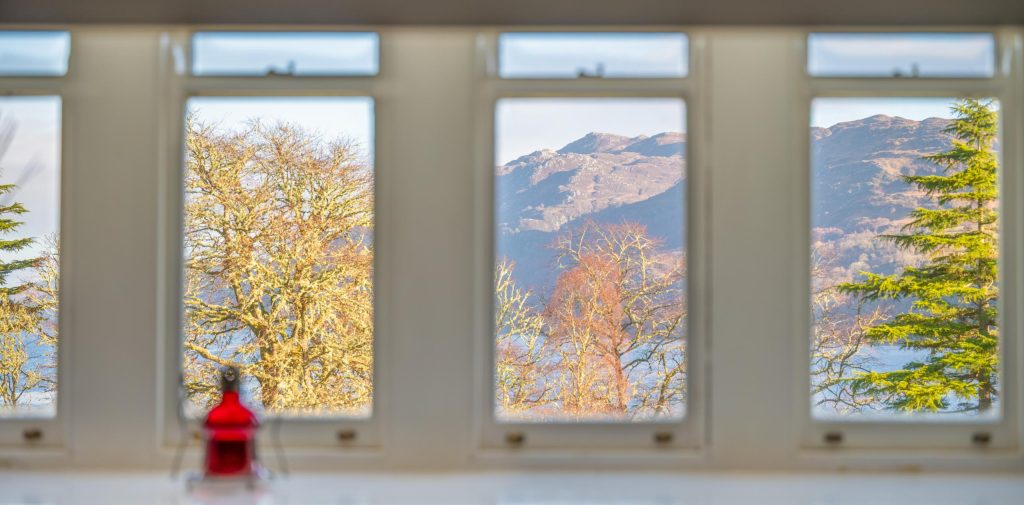
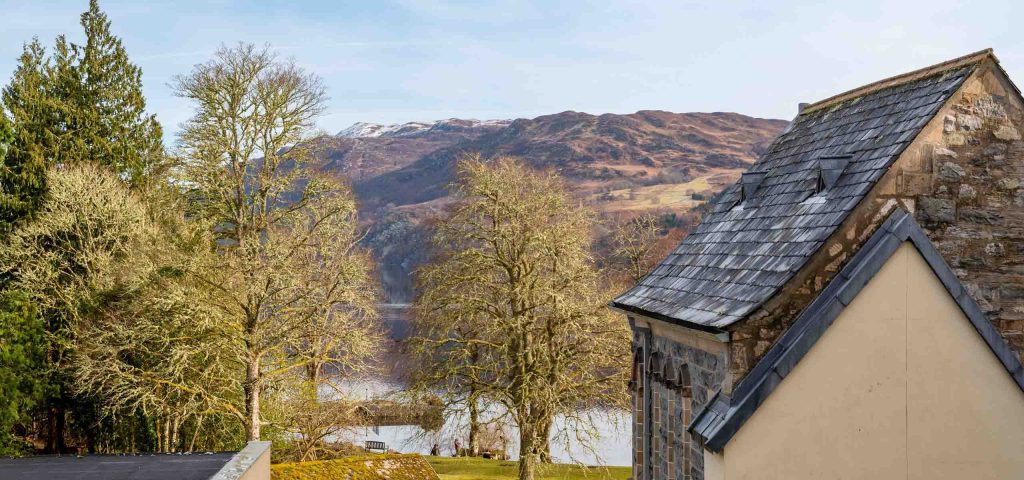
Too deep to freeze!
Join us for a magical winter holiday in Scotland on the banks of Loch Ness. You are sure not to freeze! Abbey Holidays Loch Ness as you might expect will keep you toasty warm, snuggled up in the historic abbey overlooking the banks of Loch Ness. The scenery and wildlife in the Highlands are spectacular in winter. But wrap up warm as you venture out as it can get very chilly outside. In winter we normally only get to the low celcius, but very occasionally in the Highlands we can reach temperatures approaching -10°C to 20°C. And whilst nearly all the lochs in the Highlands freeze over, some so much so that traditional cattle drovers used to walk their cattle across the frozen lochs, for some strange scientific reason Loch Ness has never frozen over! It’s simply too deep to freeze.
Wild swimming on Loch Ness
And yes, our loch is very popular with wild swimmer… But due to its lack of being able to freeze, our Scottish Wild Swimming lovers will not have to break the ice before popping in for a refreshing swim!
This is due to a process called the thermocline effect. Here the cold water that would otherwise freeze in a shallower loch sinks lower in the loch and is replaced by warmer water from below. There is a sufficient volume of water for this to happen continuously such that the surface will never freeze right across.
But if it’s the wild swimming in Scotland you are here for, you will be spoilt for choice! We are absolutely surrounded by lochs here! From Loch Ness, to the famous Loch Tarff, Plodda Falls, the trail of the seven lochs and so so many more!
The Great Glen was formed by Loch Ness
The Great Glen (with its epic walking trail, The Great Glen Way) is part of a major line of weakness in the earth’s crust. The land to the north of the Great Glen at one time was around 100km to the northeast of where it currently is. About 400 million years ago it sled southwest about 100km along the Great Glen fault to where it is now and created a long linear loch in-between the two land masses in the process.
Loch Ness is a tectonic lake formed by the land converging around this Great Glen fault. Many people don’t realise that this fault line actually continues southwest through Ireland and beyond.
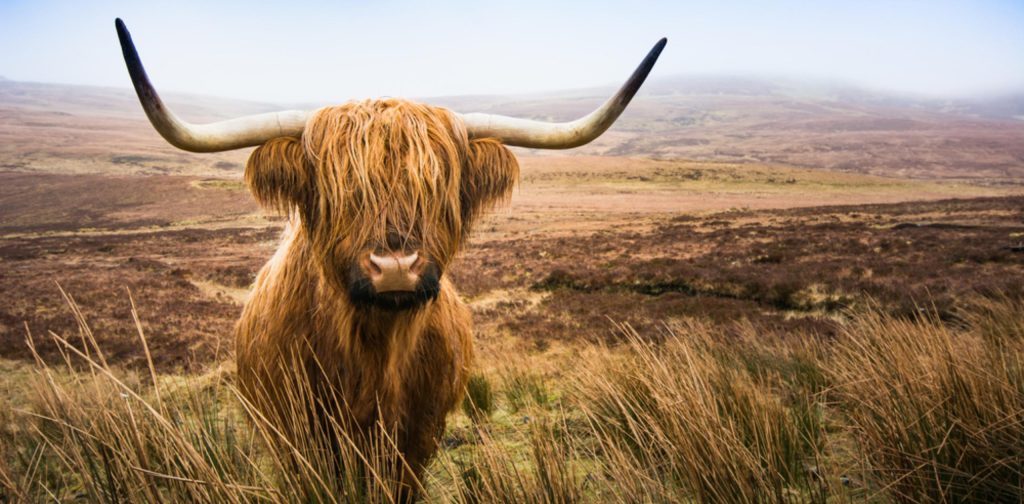
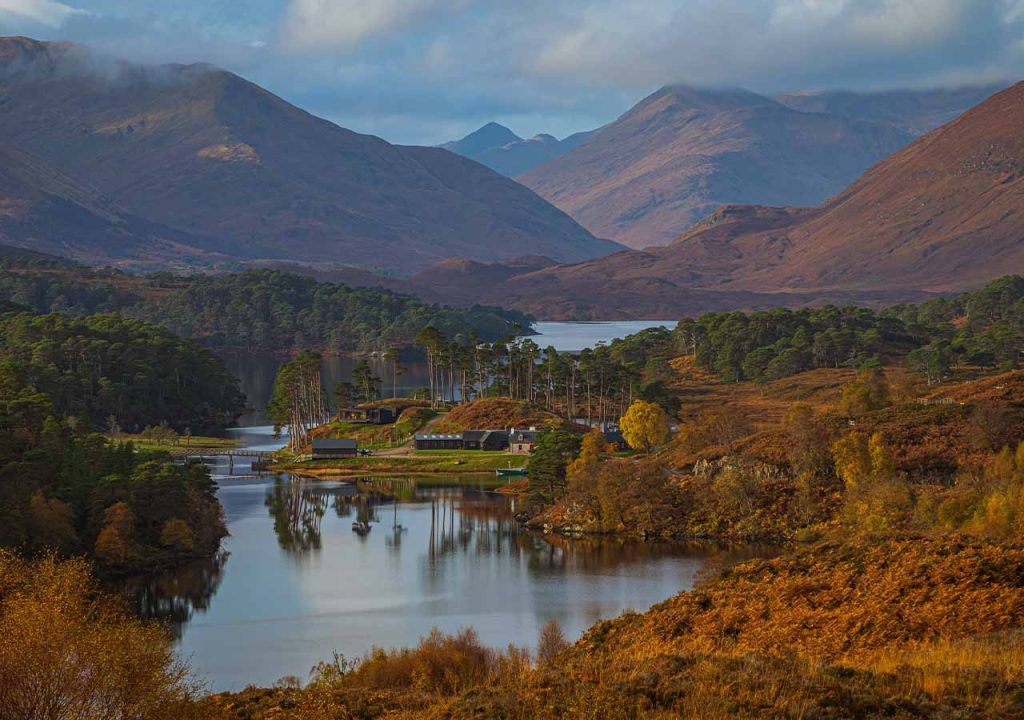

Take a short-cut via the Caledonian Canal
Another amazing fact… Abbey Holidays Loch Ness sits on the banks of not only Loch Ness, but also on the edge of the Caledonian Canal. And it is possible for you to take a boat right through Scotland along the Caledonian Canal, and on to Loch Ness. Boat ride Loch Ness via the Caledonian Canals 100km wetted corridor from coast to coast including 29 locks on the canal sections. The vast majority of the passage from coast to coast is down the length of Loch Ness. It’s a very handy shortcut and saves sailing all around the north coast of Scotland.
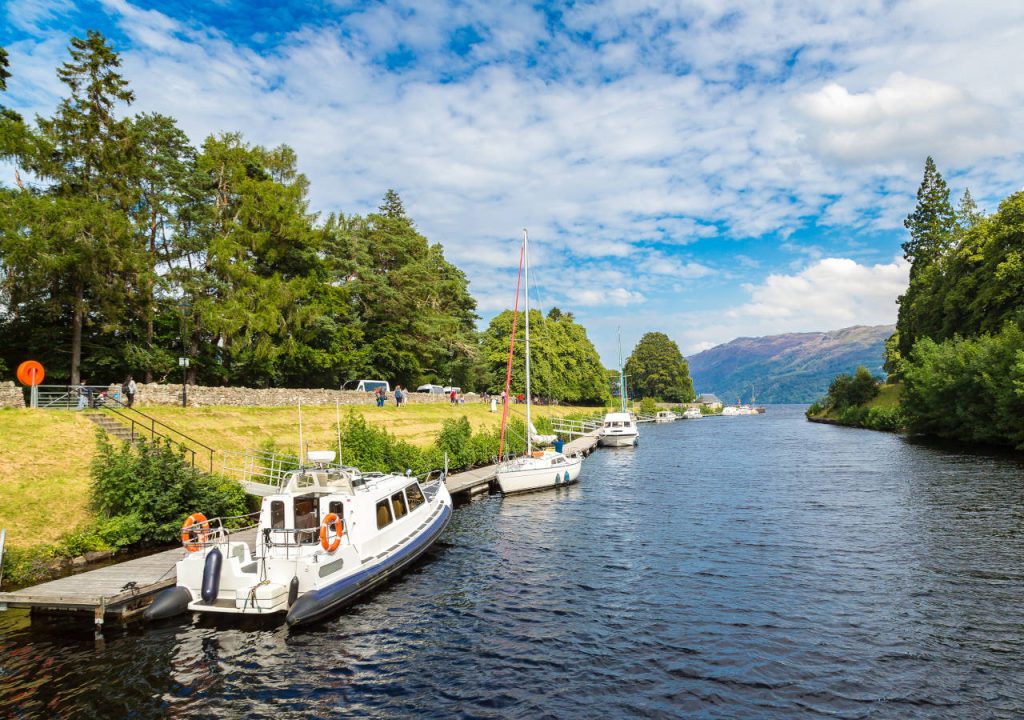
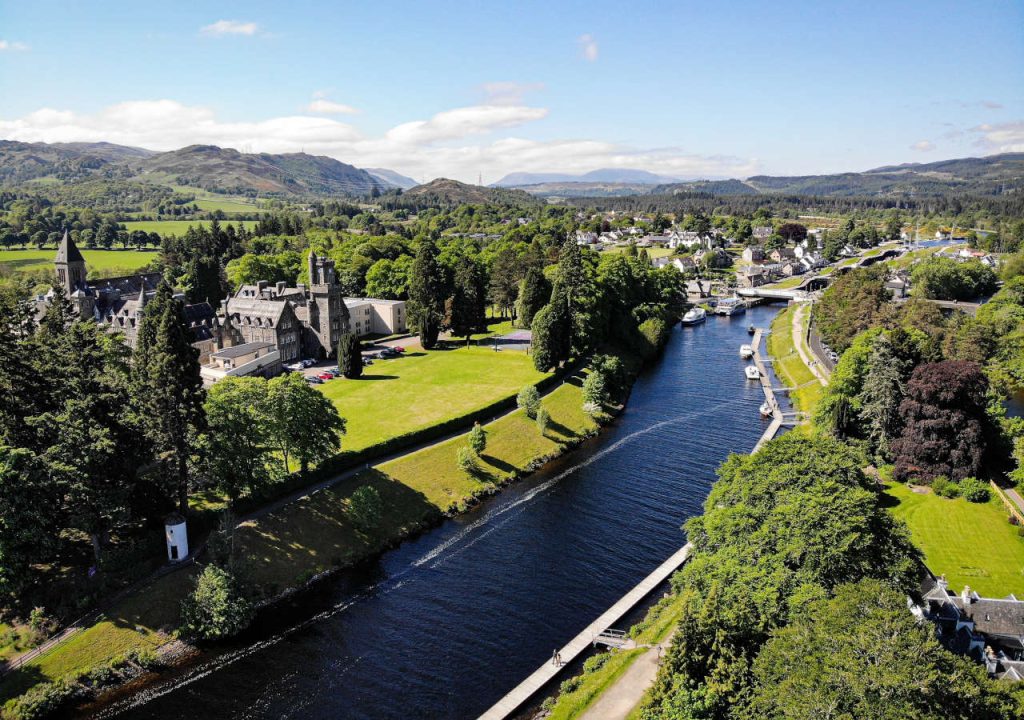
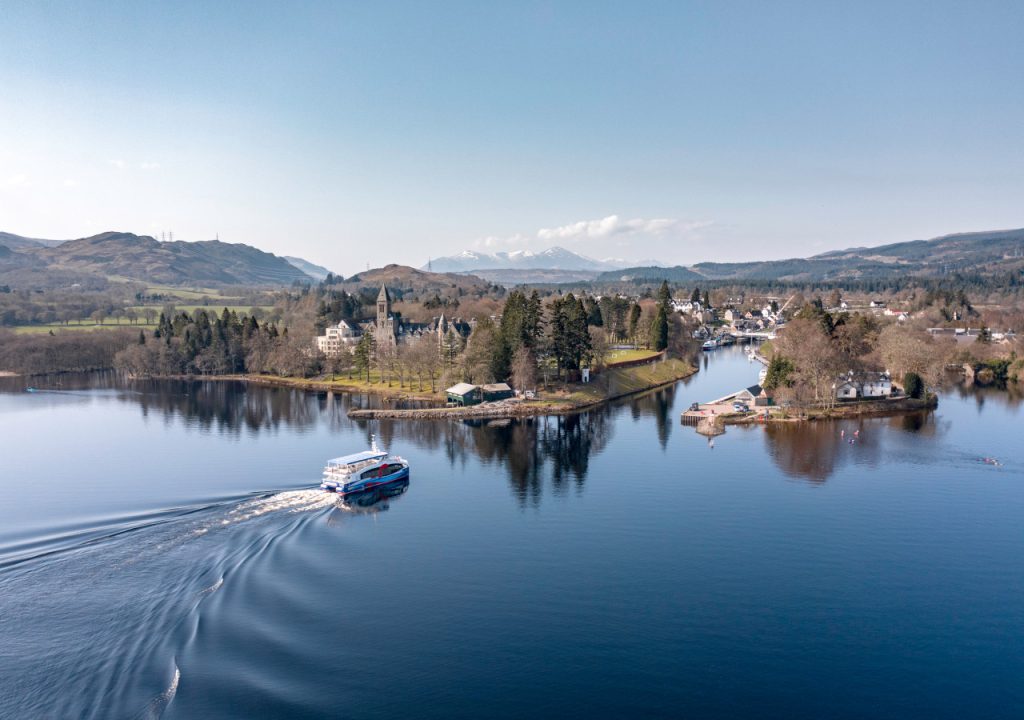
Come and stay on a magical Loch Ness holiday
Abbey Holidays Loch Ness enjoys views of Loch Ness, the Caledonian Canal and the magnificent Highlands. Perfect for exploring this record-breaking Scottish loch with a holiday to remember. What’s more, being based on the tip of Loch Ness, we are ideal for exploring Inverness as well as heading on a day trip to Skye, Glen Coe and Glen Finnan. Join us on a magical Scottish holiday to remember…
Being on the westerly point of the loch, we are ideally located to explore the Scottish Castles and attractions of the North Side of Loch Ness. Plus you can go the opposite way to enjoy the unspoilt wild side of the loch. Enjoy local attractions such as the Invermoriston Bridges and Folley. And take advantage of the local amenities of our village. Not forgetting the many facilities of the abbey within which our self-catering cottages, apartments and vacation rentals are set.
